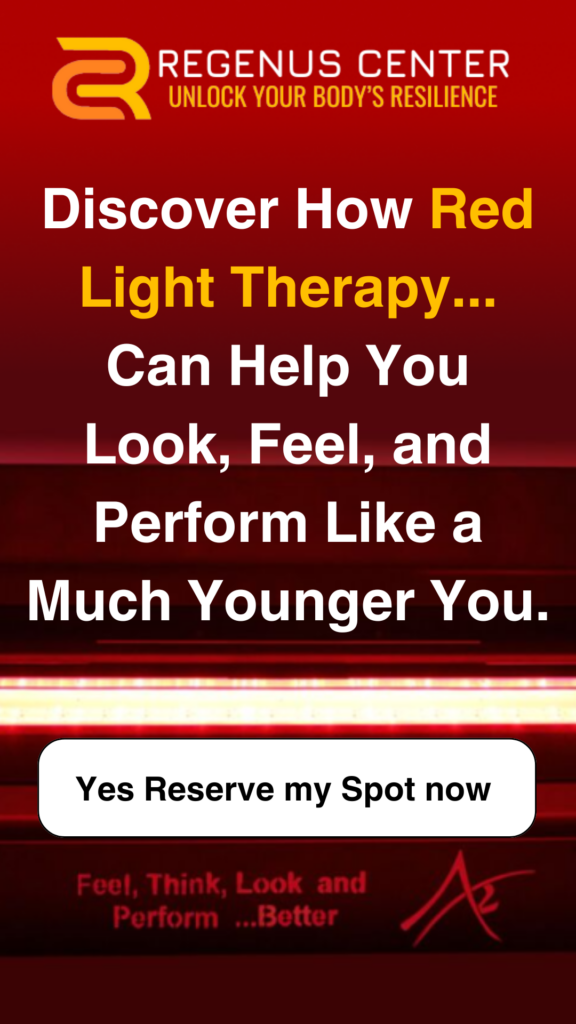Is Red Light Therapy (Photobiomodulation) the Same as Laser Therapy?
While Red Light Therapy (Photobiomodulation) and laser therapy share similarities in their use of light to stimulate biological responses in the body, they differ in several key aspects, including the type of light and application methods.
Red Light Therapy (RLT), also known as Photobiomodulation (PBM), primarily utilizes LEDs or low-level lasers at specific wavelengths (typically in the red to near-infrared range: 600–1000 nm). This therapy is non-thermal and non-invasive, meaning it does not produce heat that can damage tissues. RLT is designed to penetrate the skin and stimulate cellular processes, such as enhancing mitochondrial function and promoting healing. It’s widely used for reducing inflammation, managing chronic pain, improving skin health, and accelerating injury recovery.
On the other hand, laser therapy can involve more powerful lasers, some of which can generate heat. These high-intensity lasers are often used for surgical procedures, such as cutting, ablation, and thermally accelerating tissue repair. While both RLT and laser therapy promote healing, laser can be more invasive and is commonly employed in medical and surgical settings where precise tissue manipulation is required.
Key Differences Between Red Light Therapy and Laser Therapy
- Wavelength and Intensity:
- Red Light Therapy (PBM): Uses low-intensity red and near-infrared light to stimulate cells without generating heat. Often referred to as “laser therapy” because it’s collimated, but it is not a true laser, and when it comes to pain and fatigue, you don’t want a true laser. You want a PBM laser.
- Laser Therapy: You can use higher-intensity light for cutting, ablating, or heating tissues during medical procedures.
- Applications:
- Red Light Therapy: Used for pain relief, inflammation reduction, skin rejuvenation, and injury recovery.
- Laser Therapy: Often used in surgeries for cutting or removing tissues and in targeted medical treatments.
- Safety:
- Red Light Therapy (PBM): Considered safe, non-invasive, and non-thermal, making it suitable for regular use in therapeutic and aesthetic settings.
- Laser Therapy: Requires precise control due to the potential for heat damage and is typically administered by healthcare professionals in medical environments.
Conclusion
Both aim to promote healing and reduce inflammation, but they differ in their invasiveness and specific applications. RLT (PBM) is a non-invasive, non-thermal therapy ideal for regular use in wellness and rehabilitation. In contrast, laser therapy is more suited for clinical or surgical procedures requiring precise tissue intervention.
References:
- Hamblin, M. R. (2017). Mechanisms and applications of the anti-inflammatory effects of photobiomodulation. AIMS Biophysics, 4(3), 337-361.
- Chung, H., et al. (2012). The nuts and bolts of low-level laser (light) therapy. Annals of Biomedical Engineering, 40(2), 516-533.
- Barolet, D., & Boucher, A. (2010). Prophylactic low-level light therapy for the treatment of hypertrophic scars and keloids: A case series. Lasers in Surgery and Medicine, 42(6), 597-601.
- Henderson, T. A., & Morries, L. D. (2017). Near-infrared photobiomodulation for traumatic brain injury: An open-protocol study of clinical outcomes. Journal of Neurotrauma, 34(7), 1202-1216.



